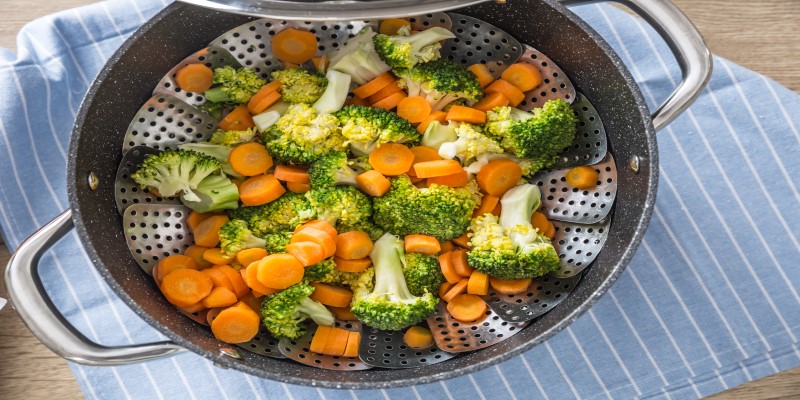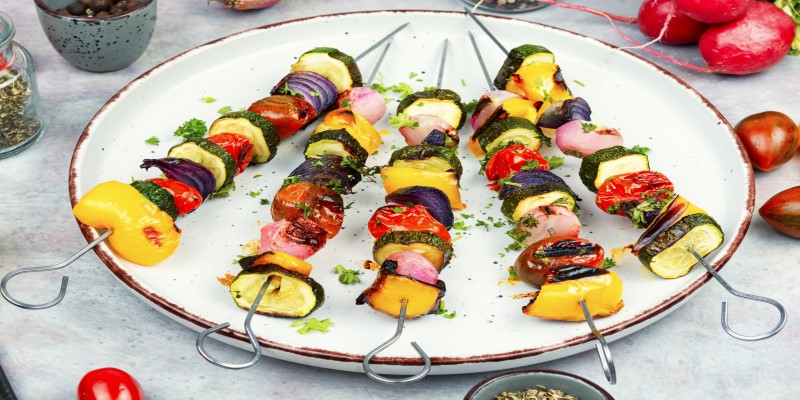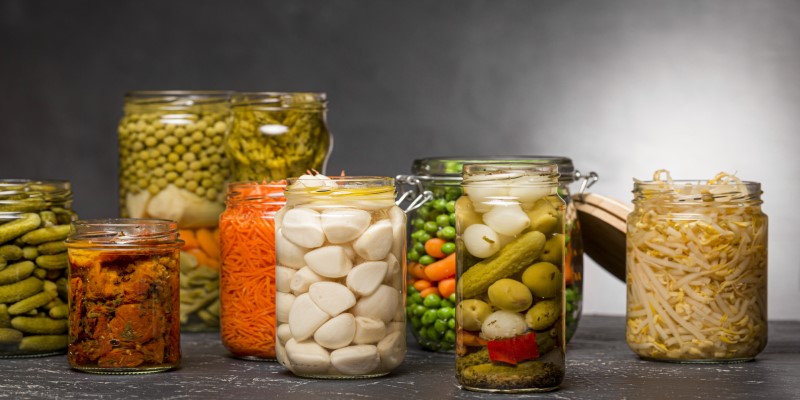How To Cook With Seasonal Vegetables For Better Flavor
Cooking with seasonal vegetables is one of the best ways to enhance the flavor of your meals while also supporting local agriculture and promoting sustainability. Seasonal produce is not only fresher but often more flavorful and nutrient-dense.
Cooking with seasonal vegetables is one of the best ways to enhance the flavor of your meals while also supporting local agriculture and promoting sustainability. Seasonal produce is not only fresher but often more flavorful and nutrient-dense. In this year, the focus on fresh ingredients continues to gain momentum, making it a great time to learn how to prepare delicious dishes that highlight seasonal vegetables. This article will guide you through various methods and techniques to cook with seasonal vegetables, ensuring that your meals are vibrant, healthy, and packed with flavor.
Understanding Seasonal Vegetables
Seasonal vegetables are those that are harvested at their peak during specific times of the year. Each season brings its bounty of produce, and these vegetables are often better tasting and more affordable when bought in season. In winter, for example, root vegetables like carrots, turnips, and beets are prevalent, while spring introduces tender greens such as asparagus, peas, and spinach. Summer brings an abundance of tomatoes, zucchini, and bell peppers, and fall showcases squash and pumpkins. Knowing what's in season can guide your shopping and cooking, leading to more flavorful meals.
Choosing The Right Vegetables
To make the most of seasonal cooking, it's essential to choose the right vegetables. Visit local farmers' markets or grocery stores that prioritize seasonal produce. Not only will this ensure you're getting the freshest ingredients, but you'll also have the opportunity to talk to vendors about the best cooking methods and flavor pairings. When selecting vegetables, look for those that are firm, vibrant, and free of blemishes. Fresh herbs can also elevate the flavors of your dishes, so consider adding basil, cilantro, or parsley to your shopping list.

Simple Cooking Techniques
Several cooking techniques work well with seasonal vegetables, enhancing their natural flavors while keeping the preparation simple. Here are some popular methods to consider:
Roasting
Roasting is a fantastic way to bring out the sweetness in vegetables. The high heat caramelizes their natural sugars, resulting in a rich, deep flavor. To roast seasonal vegetables, start by preheating your oven to around 425°F (220°C). Cut your vegetables into uniform pieces to ensure even cooking. Toss them with olive oil, salt, and pepper, and place them on a baking sheet. You can also add herbs and spices for extra flavor. Roasting typically takes 20 to 30 minutes, depending on the type of vegetable. Root vegetables like carrots and potatoes benefit greatly from this method, while summer vegetables like zucchini and bell peppers also shine when roasted.
Sautéing
Sautéing is another excellent method for cooking seasonal vegetables, especially when you want to preserve their crunch and vibrant colors. Heat a bit of oil in a pan over medium heat, then add your chopped vegetables. Stir them frequently to ensure even cooking. Sautéing is quick, often taking just a few minutes, which makes it perfect for cooking tender vegetables like spinach, asparagus, and bell peppers. For added flavor, consider deglazing the pan with a splash of vinegar or broth after cooking.
Steaming
Steaming is a gentle cooking method that preserves the nutrients and vibrant colors of vegetables. It’s particularly suitable for delicate greens and spring vegetables. To steam vegetables, use a steamer basket over boiling water or a microwave-safe dish with a bit of water. The steaming process usually takes about 5 to 10 minutes, depending on the type and size of the vegetables. You can enhance the flavor by adding herbs to the steaming water or tossing the vegetables with a drizzle of lemon juice or olive oil after cooking.

Grilling
Grilling adds a smoky flavor that enhances the taste of many seasonal vegetables. It’s an ideal method for summer produce like corn, zucchini, and bell peppers. Simply brush the vegetables with oil and season them with salt and pepper. You can grill them directly on the grill or use a grilling basket for smaller items. Cooking times vary, but most vegetables only need a few minutes per side to achieve a beautiful char.
Flavor Pairings
Combining seasonal vegetables with complementary ingredients can elevate your dishes to the next level. For example, pairing roasted butternut squash with sage or thyme enhances the squash’s sweetness and brings warmth to the dish. Fresh tomatoes are wonderful with basil and mozzarella, creating a classic Caprese salad that highlights the flavors of summer. Consider mixing different textures and flavors—crunchy vegetables like carrots pair well with creamy dressings or dips, while tender greens balance perfectly with hearty grains like quinoa or farro.
Creative Recipes
Here are a few creative recipe ideas that utilize seasonal vegetables in delicious ways:
Roasted Vegetable Medley
Toss a mix of seasonal vegetables—like carrots, Brussels sprouts, and sweet potatoes—with olive oil, garlic, and your favorite herbs. Spread them out on a baking sheet and roast at 425°F (220°C) until caramelized and tender. Serve as a side dish or toss with cooked grains for a hearty main course.
Grilled Vegetable Skewers
Thread seasonal vegetables such as bell peppers, zucchini, and cherry tomatoes onto skewers. Brush with a marinade of olive oil, balsamic vinegar, and garlic. Grill until tender and slightly charred. These skewers make a great addition to any summer barbecue.

Creamy Vegetable Soup
Sauté onions, garlic, and seasonal vegetables like carrots and celery in a pot. Add vegetable broth and let simmer until the vegetables are tender. Blend until smooth, then stir in a splash of cream or coconut milk for richness. Season with salt, pepper, and fresh herbs.
Preserving Seasonal Flavors
One of the best ways to enjoy seasonal vegetables throughout the year is by preserving them. Canning, freezing, and pickling are all great methods to maintain the flavors of your favorite seasonal produce. For example, you can freeze fresh peas and corn for later use in soups and casseroles or pickle cucumbers to enjoy tangy snacks. Properly preserving seasonal vegetables ensures that you can savor their flavors long after the growing season has ended.

Nutritional Benefits
Cooking with seasonal vegetables not only enhances the taste of your meals but also offers numerous health benefits. Seasonal produce is often richer in vitamins and minerals as it's harvested at its peak ripeness. Eating a variety of vegetables can contribute to a balanced diet, providing essential nutrients like fiber, antioxidants, and vitamins. Incorporating a wide range of colors in your vegetable choices can also help ensure you're getting a diverse array of nutrients.

Conclusion
Cooking with seasonal vegetables is a rewarding and flavorful way to enhance your meals. By understanding the benefits of using fresh, in-season produce and employing various cooking techniques, you can create delicious and healthy dishes that are perfect for any occasion. Whether you choose to roast, sauté, steam, or grill, the vibrant flavors of seasonal vegetables will shine through, bringing your meals to life. With a bit of creativity in your recipes and a willingness to experiment with flavor pairings, you'll find that cooking with seasonal vegetables not only satisfies your taste buds but also supports a more sustainable and health-conscious lifestyle. Embrace the seasons in your cooking, and enjoy the rich, fresh flavors that each harvest has to offer.